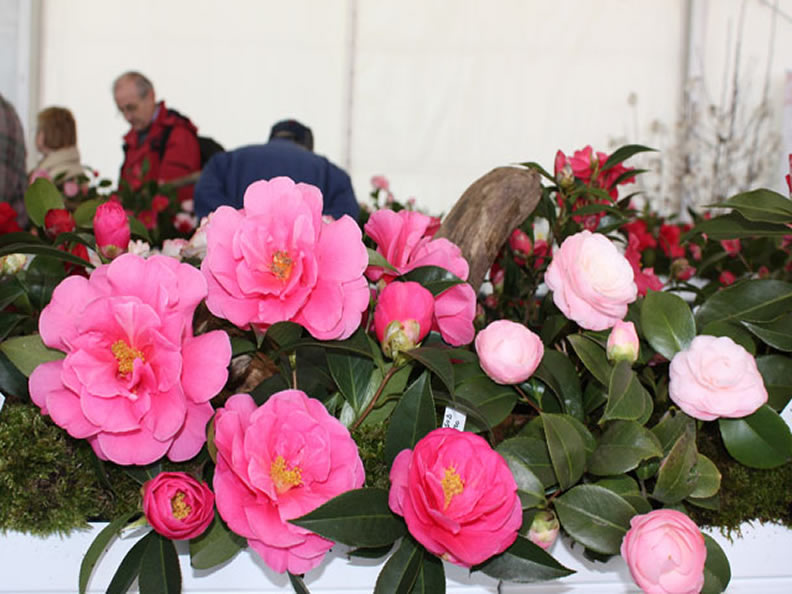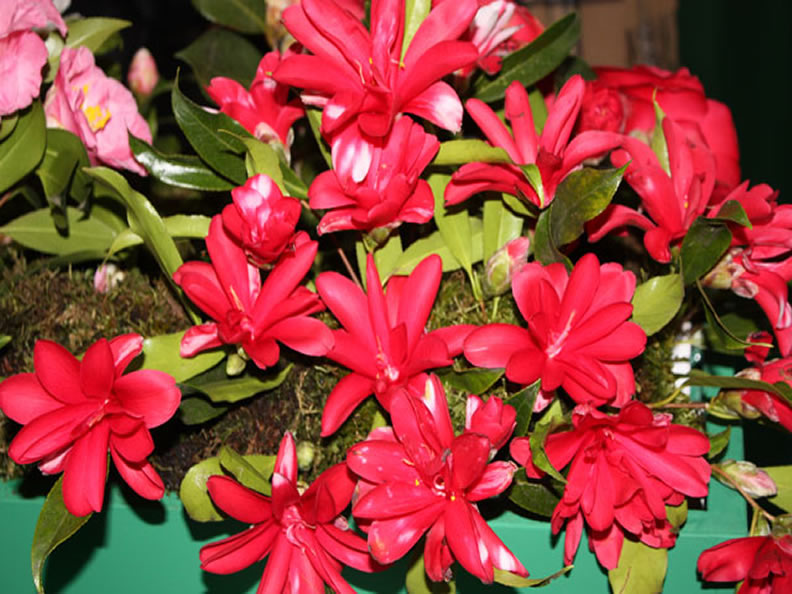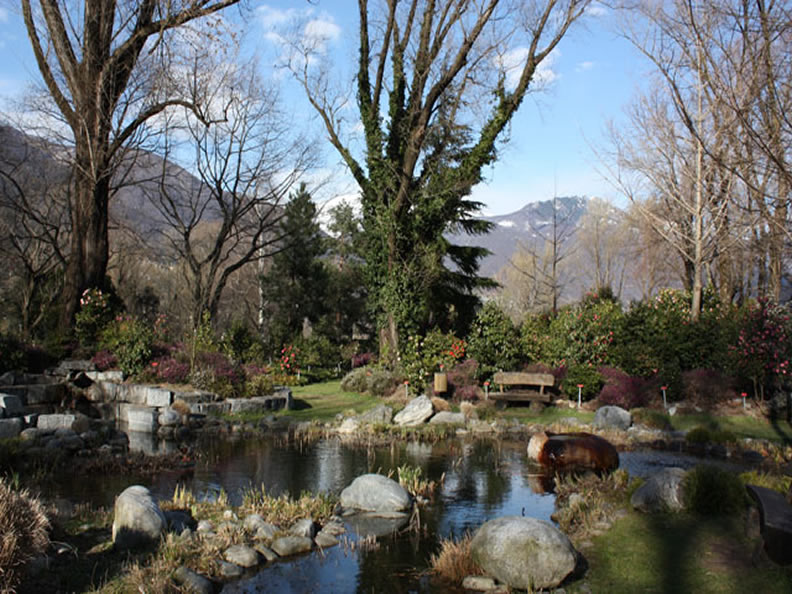
In Asia the camellia is known as the flower that brings spring with it. The blossom is considered a symbol of longevity, happy marriage, wealth, victory and happiness. Camellias were brought to Europe by English traders in the 18th century.
The idea of this tea drinking merchants was not to import the ornamental Camelia japonica plant though, but the tea plant Camelia sinensis. But by mistake or a ruse of the Chinese, who did not want to give up their thousand-year-old tradition of tea cultivation, they loaded the ships with the Camelia japonica.
This kind of camellia blooms beautifully – but it is not possible to make tea out of it. Around 1740 the first European camellias flowered in England. They became miracle blossoms, grown in ten thousands of kinds with picturesque names. Originally, the camellia was named after the Jesuit botanist Georg Joseph Kamel.
It is rare to find a place as devoted to camellias as Locarno. The city has built a camellia park where 900 different kinds of the flower can be found. With its 12’000 square metres the park in Locarno is the largest in Europe. In the information pavilion visitors can learn more about the ornamental plant as well as about the park, which was opened in 2005. Two small lakes with water features evoke the camellias’ native countries.
The camellias’ perfume – only a myth?
The camellia park also offers the opportunity to solve old myths: Alexandre Dumas’ novel “The Lady of the Camellias” spread the believe that camellias are flowers without perfume.
The heroine of the novel, a Parisian courtesan, used camellias as she was allergic to the perfume of flowers. 25 times a month she put white flowers on her décolletage to show her “willingness” while the other five days she wore red camellias.
While the rest of the story is true, the idea that camellias do not have a perfume is a myth. Indeed, the many kinds of camellias have a wide variety of scents.
Discover them by yourself – in Locarno’s camellia park.






